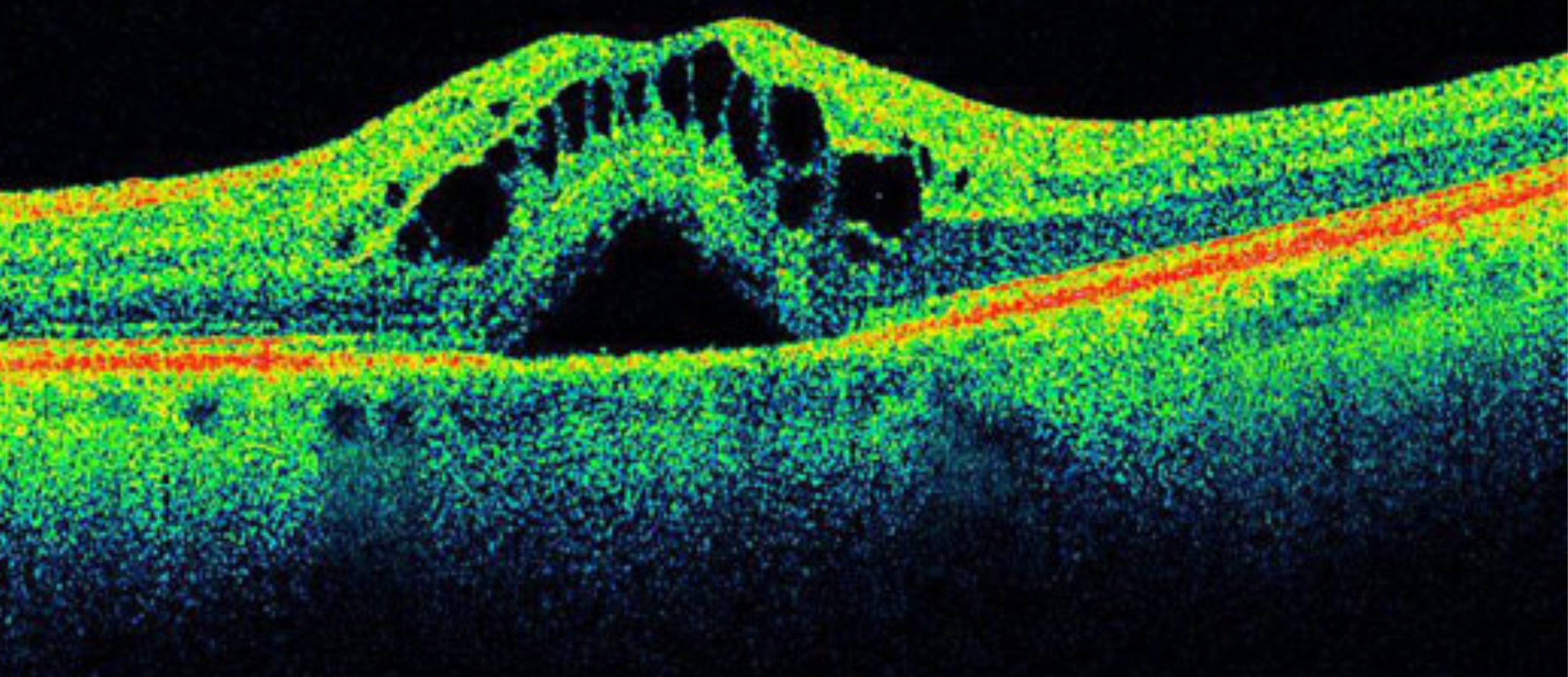Photonic technologies are critical providing solutions for healthcare
Ignacio Moreno leads TecnOPTO (Grupo de Tecnologias Ópticas y Optoelectronicas) the Group of Optics and Optoelectronic Technologies at University Miguel Hernández, in Elche, Spain. He is one of our closest and longest collaborators.
Recently we had the chance to talk to Dr. Moreno about his group´s research, how Iceblink laser can be used in their projects, and much more!
What do you do in the research group?
Our research group TecnOPTO develops programmable optics optical systems based on Spatial Light Modulators (SLM). Spatial light modulators (SLMs) are optoelectronic devices that modulate amplitude, phase, and polarization of light waves in space and in time/frequency. We use them to design optical systems based on reprogrammable digital holograms from a computer. We also combine them with geometric phase structured retarder optical elements.
We apply these modern optical components to develop adaptive diffractive systems, in our case mostly focused on spectral control (birefringent filters) and control of the state of light polarization. We use the latter for structured light generation and image polarimetry applications.
What are the experiments that you carried out using a pulsed supercontinuum laser?
- Spectral calibration of optical modulators: All liquid crystal modulators show a significant dependence on wavelength. Even working with monochromatic light, it is necessary to perform an accurate calibration of the modulation properties for its correct use. Our group has developed spectral calibration techniques to perform based on illuminating modulators with continuous spectrum light. These techniques have advantages such as providing a simultaneous measurement across the entire spectral range, and greater precision in determining phase modulation.
- Programmable spectral filtering systems: birefringent filters are spectral selection filters based on the properties of optical retarders. Our group has developed designs based on liquid crystal modulators, which allows us to make tunable filters. We use supercontinuum lasers as a continuous and broad-spectrum light source. We have made classic birefringent filter designs (the so-called Lyot filters, or Solc filters), and also novel systems that allow arbitrary spectral filtering; also, achromatic delay systems, but tunable, like the one shown in the following works.
Messaadi, M. M. Sánchez-López, A. Vargas, P. García-Martínez, I. Moreno, “Achromatic linear retarder with tunable retardance”, Optics Letters 43 (14), 3277-3280 (2018). Sistema desfasador con desfase acromático variable, Reunión Nacional de Óptica, Castellón, Julio 2018.
How and why is the use of a supercontinuum laser fundamental in your experiments?
The use of a supercontinuum is very important in spectral filter experiments. Being a laser source, therefore directed light, it allows to obtain an excellent signal-noise and efficiency. The use of the FYLA Iceblink supercontinuum allows us to consider the retarding components illuminated with collimating light and in normal incidence, which ensures their correct use in the design of the filter.
The reduced divergence of the supercontinuum is especially important when we require the use of Fresnel rhombs. These are achromatic retarders in an extremely wide spectral range, which makes them especially interesting. But they have the disadvantage of being bulky retarders, difficult to incorporate in polarimetric systems with incoherent light. The use of supercontinuum lasers has allowed us to make useful designs that use these rhombs.
How do you see the evolution of your line of research in the future? Where do you think the main scientific challenges will be? What technology barriers do you identify to achieve them?
In the future, we want our line of research to evolve towards phases of greater direct application of all the knowledge acquired, focused on solving practical problems in society, especially those in the field of health, where photonic technologies are so important.





